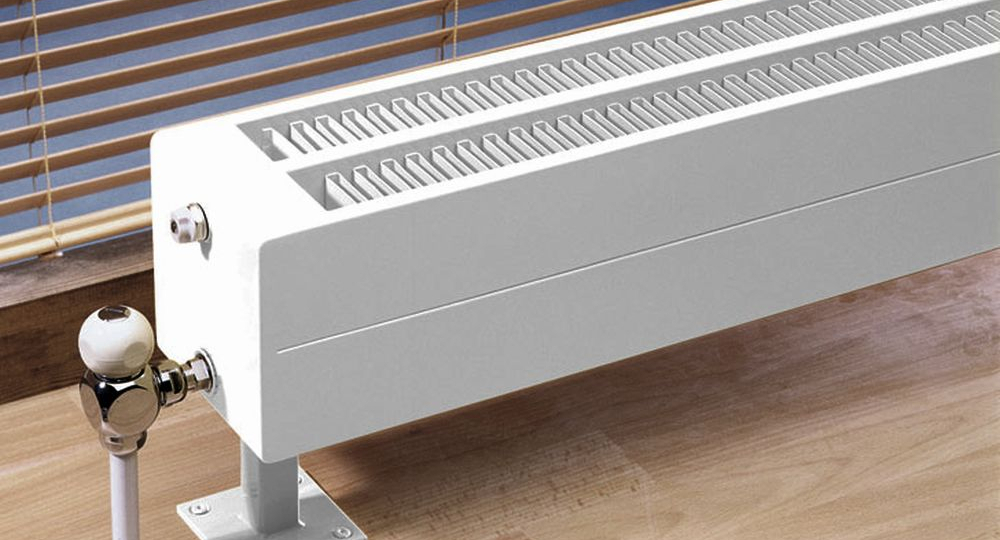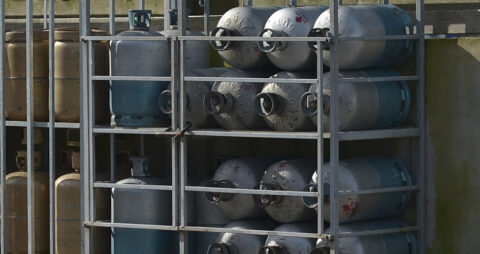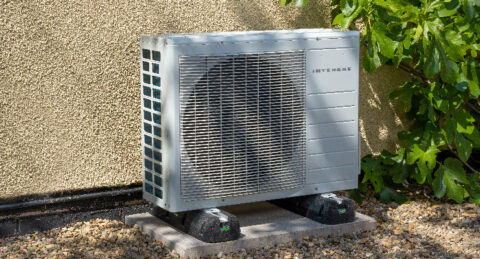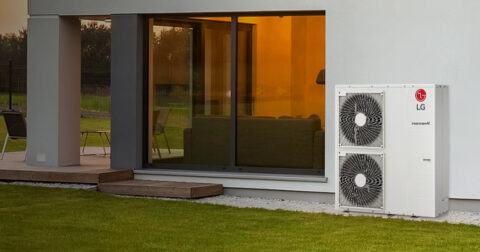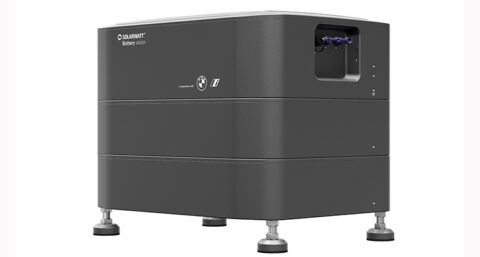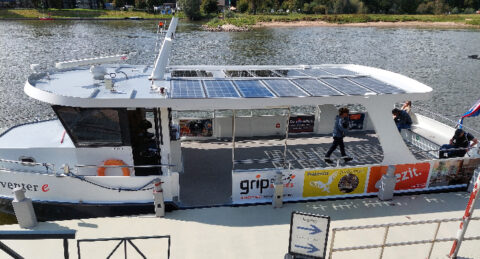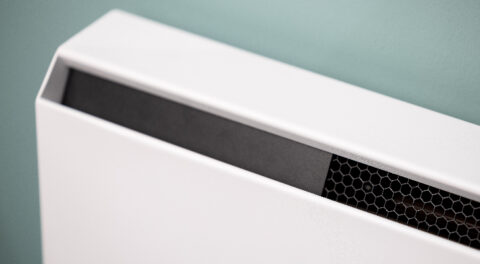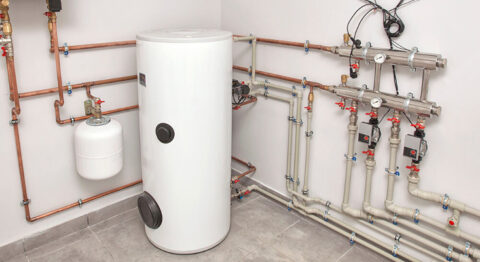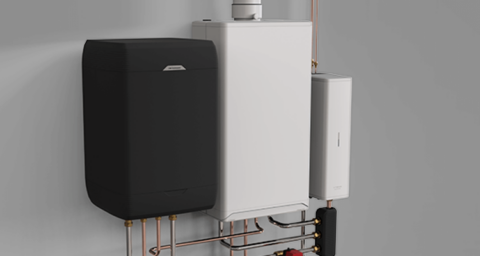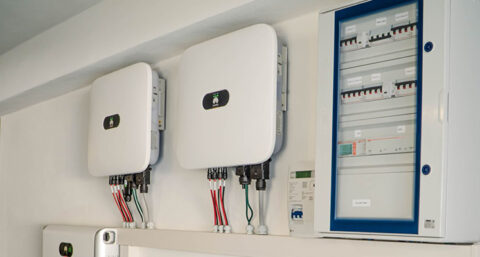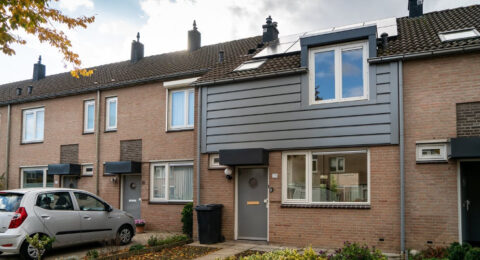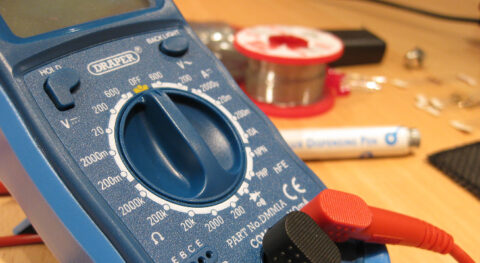Convectors are very suitable delivery devices for heating at lower temperatures. They are therefore regaining popularity. Convectors can be used in just about any room and they give off heat efficiently.
A convector consists of a heat element and a housing. Hot water flows through the tubes of the heat elements. The elements are fitted with a lot of fins so that there is a considerable contact surface with the air. Hence, a convector looks a bit like a "thick" radiator. The cold air in a room is drawn in at the bottom of the convector, and rises up heated. A convector therefore gives the pleasant feeling of even heat in a room faster than heating by radiators. For people with dust allergies or asthmatic conditions, convector heating is less suitable. The constant air circulation implies that some dust will always circulate, no matter how well you keep the room clean.
In the floor
Recessed convectors are placed in the floor, in what is known as a convector well. This is a recessed tray in the floor in which the convector is placed. The convector can be connected to the central heating system but also works well with a heat pump.
The air in the pit heats up and rises up through a grate - often made of wood or aluminum - in the floor. The space above the grate should not be covered, as this prevents air circulation. A convector well is often located in the living room under the windows near the front and/or rear façade, taking the place of a visible heat delivery device (often a radiator). By perfectly matching the grille to the wall, the convector well is hardly noticeable. Installing built-in convectors in a convector well does require some height in the floor. It is therefore especially interesting if an (energetic) renovation is imminent, or if it concerns the construction of a new house. Nevertheless, underfloor heating is more often chosen then.
Saving energy
Convectors are popular in part because they are economical. Energy consumption is as much as three times less than that of radiators. This is because there is less water in a convector, which heats up faster and therefore costs less energy. Moreover, they can be connected to a heat pump and therefore fit well in the energy transition. Many brands have convectors in their range that can be perfectly combined with their air/water, ground source and hybrid heat pumps. Such combinations are interesting in new construction.
Electric convector heating
Convectors also come with a plug on them. Electric convector heaters are often used as auxiliary heating. They heat up quickly, small versions are portable and thus flexible in use. An electric convector heater is a plug-and-play device: just plug it in and it works. A thermostat is used to set the temperature. Many models can even be turned on and off with a smartphone. No maintenance, refilling or venting is required. Another advantage is that no harmful emissions or gases are released.
